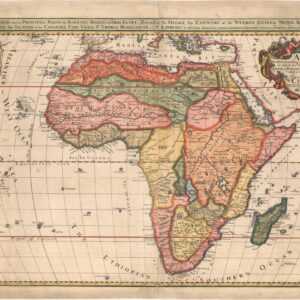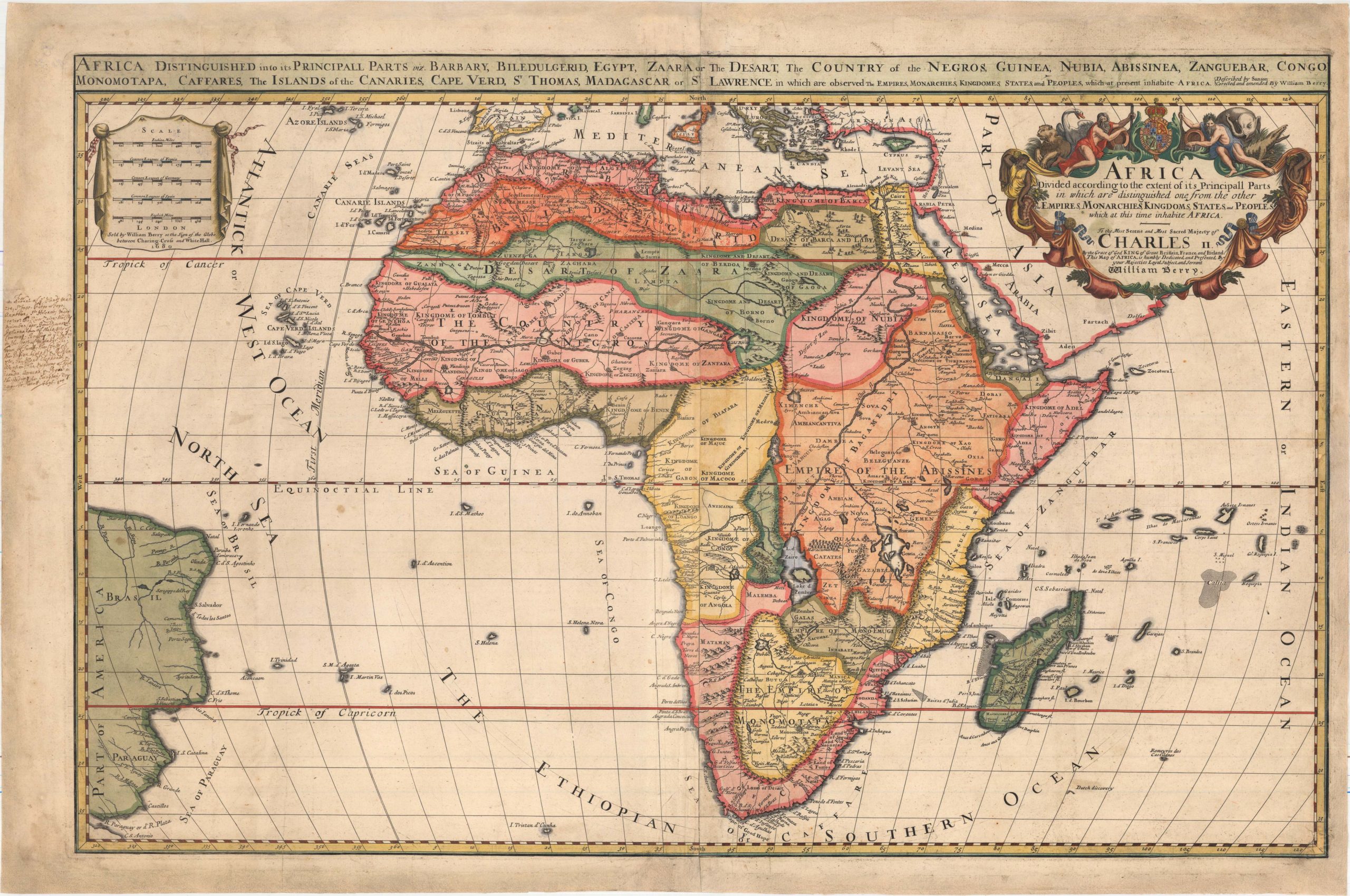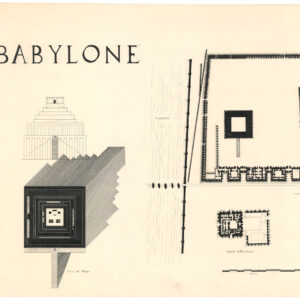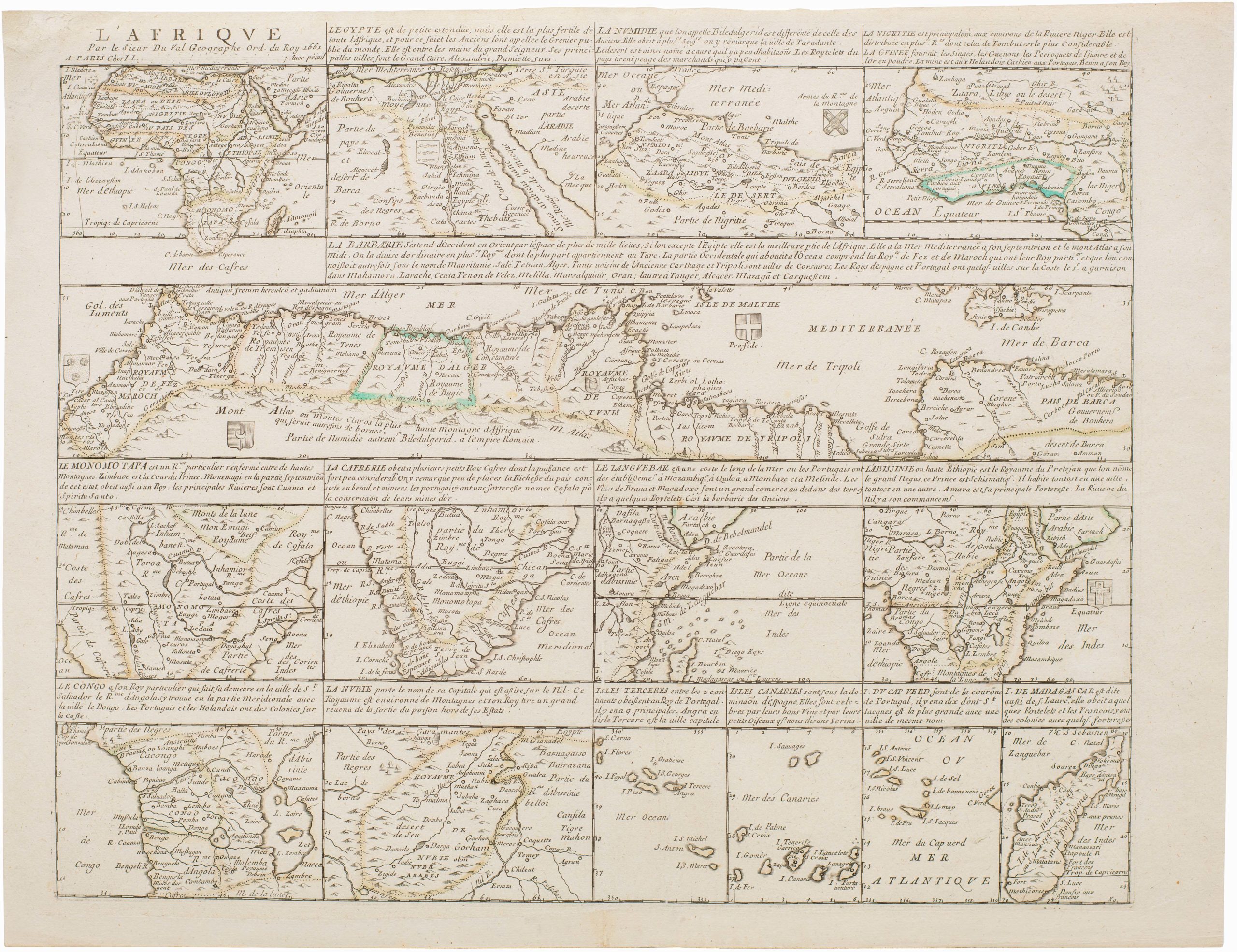Gorgeous example of famed cartographer Martin Waldessemüller’s double-page woodcut map of North and West Africa.
Tabula Moderna Prime Partis Aphricae
$8,000
1 in stock
Description
A cornerstone map for any Africa collection.
Produced just decades after the first voyage of Christopher Columbus, this is famed cartographer Martin Waldessemüller’s map of North and West Africa to the Bight of Benin, and with parts of the Mediterranean Sea, the Red Sea, and Arabia.
From the landmark 1513 edition of Ptolemy’s Geographia, the map represents a direct cartographic link to the late 15th century European explorations of Sub-Saharan Africa, especially by Portugal under Henry the Navigator. The Cape of Good Hope was first reached by Portuguese explorer Bartolomeu Dias on 12 March 1488, opening the important sea route to India and the Far East, but European exploration of Africa itself remained very limited during the 16th and 17th centuries.
Both the Portuguese and the Spanish were famously secretive with their cartographic knowledge, but this map is the best reflection of the general European understanding of the geography of West Africa at the time. As the mapmakers received most of their information from sailors, it is no surprise that the most detail is found along the coasts, which are filled with place names and river outlets. In the hinterland beyond the coasts we see fragmentary information that sailors presumably picked up from locals while at port.
For its part, the interior of the African continent is left mostly blank, with scattered mountain ranges and river systems. This was one of the world’s great unmapped frontiers; while the Great Lakes of North America were mapped within a few centuries of 1492, it wasn’t until the mid-19th century that the major lakes of Africa were delineated (despite the fact that Africa was known to mapmakers since ancient times). The Great Lakes of Africa are ‘Taganyika,’ discovered by Richard Burton and John Hanning Speke in 1858; ‘Victoria Nyanza,’ seen by Speke in 1858; ‘Lake Nyassa,’ by Dr. Livingston 1859 and ‘Albert Nyanza’ by Baker 1864 and the lesser lakes of ‘Moero,’ ‘Bangweolo,’ and ‘Rudolph.’
No river can conclusively be identified as the Niger River, the principal river in West Africa, which forms a crescent shape from the Guinea Highlands to the Niger Delta at the Bay of Benin (Atlantic Ocean).
Several of the interior features are taken from Ptolemy, including a massive lake, Paludes Nili, which is sometimes depicted as a third source of the Nile River (the other two lakes and their origin at the Mountains of the Moon being outside the area of this map).
Cities and kingdoms are noted. On an island in the Nile we see Meroe, which archaeological excavations have revealed to be part of the capital city of the ancient Nubian Kingdom of Kush. Above it we see the phrase ‘Ethiopia sub Egypto.’ This and the large ‘Ethiopia per totum’ scrawled across the interior are a result of the fact that classical sources often referred to all African peoples in general as ‘Ethiopians,’ with different regional divisions.
In large letters along the west coast is the label ‘Regni musameli de Ginoia,’ a reference to the great medieval West African Muslim kingdoms in this area, whose wealth was derived in part from gold supplies. These kingdoms were part of an active caravan trade with North Africa and Egypt and connecting to the Mediterranean, and thus were known in Europe.
Cartographer(s):
Martin Waldseemüller (c. 1470 – 16 March 1520) was a German cartographer. He and Matthias Ringmann are credited with the first recorded usage of the word ‘America’ — on the 1507 map Universalis Cosmographia in honor of the Italian explorer Amerigo Vespucci.
Condition Description
Excellent, minor blemishes.
References
Norwich, Africa #286.





